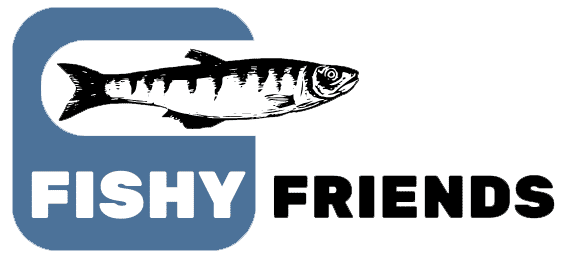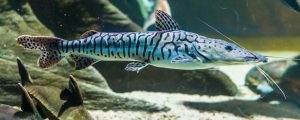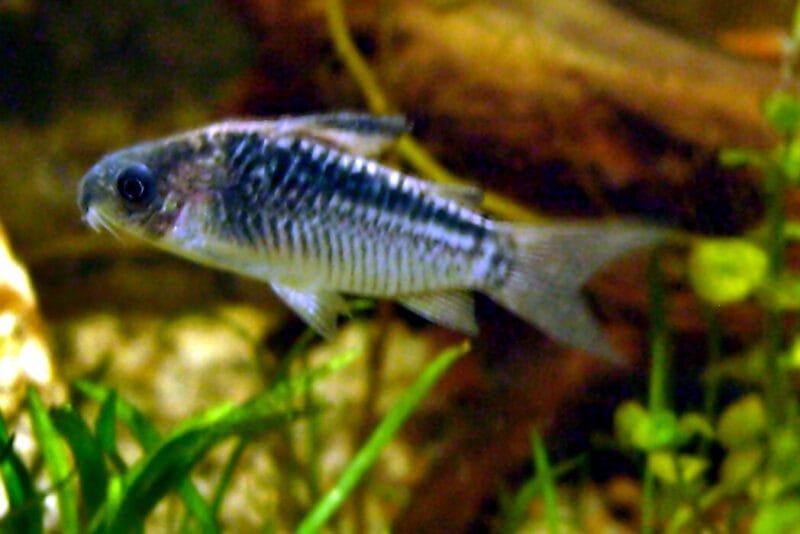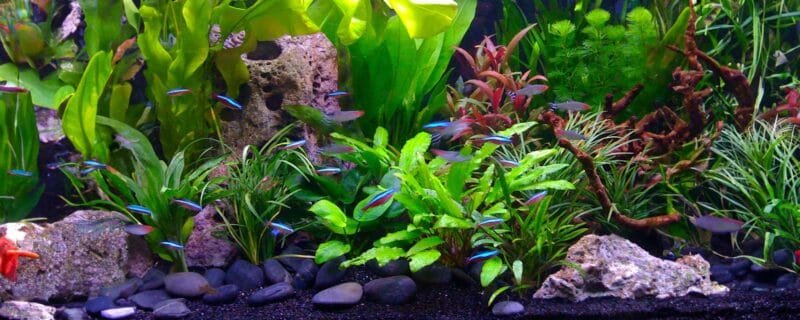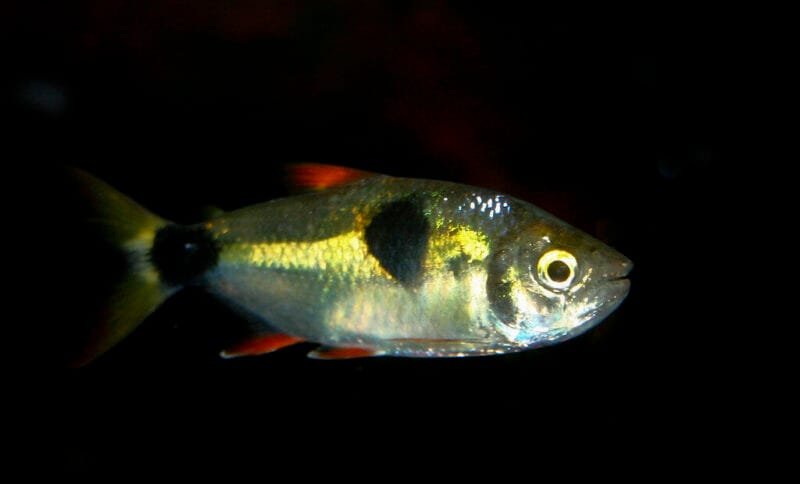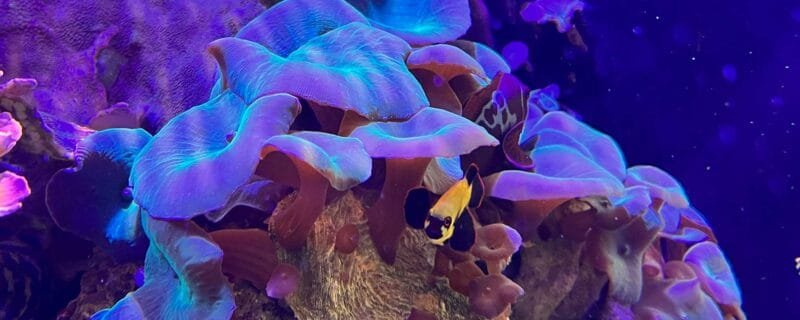Corydoras Atropersonatus, commonly known as the Atropersonatus Cory or “Black-Mask Cory,” is a small and endearing freshwater catfish species in the family Callichthyidae. Known for its black facial stripe and peaceful nature, this species is prized among aquarists for its ability to liven up the lower regions of the tank without any aggression or special demands. Native to the Amazon Basin and found mostly in Peru and Ecuador, this species is a social schooling fish that thrives in a clean, well-maintained community aquarium.
Common Name and Latin Name
This species is known as the Atropersonatus Cory or Black-Mask Cory. Its scientific name is Corydoras atropersonatus. Like all Corydoras, it belongs to the order Siluriformes, which encompasses all catfish, and is part of the subfamily Corydoradinae.
Native To
Corydoras atropersonatus hails from the Upper Amazon River system in South America, particularly in Peru and Ecuador. They are usually found in slow-moving tributaries and shaded creeks with leaf litter, a sandy or silty bottom, and soft, slightly acidic water. This habitat provides ideal cover and feeding opportunities, mimicked well in natural or biotope-style aquariums.
Size
This is one of the smaller Corydoras species. Adults typically reach about 1.5 to 2 inches (4 to 5 cm) in length. Their compact size makes them ideal for nano and mid-sized tanks, as long as they are kept in a group, which supports their natural schooling behavior.
Diet
Corydoras atropersonatus are omnivorous scavengers and are very easy to feed in captivity. A high-quality, varied diet will help ensure their health and coloration.
Their ideal diet includes:
-
Sinking pellets or wafers as a staple
-
Frozen or live foods such as bloodworms, daphnia, and brine shrimp
-
Occasional blanched vegetables such as zucchini or spinach
-
Occasional flake foods, though less ideal for bottom dwellers
They should be fed once or twice daily, ensuring food reaches the substrate. Their sensitive barbels require a smooth substrate to prevent injury while foraging.
Sexing
Sexing Corydoras atropersonatus can be subtle and is most reliable when they are fully mature. Males tend to be slimmer and slightly shorter. Females are rounder and fuller-bodied, particularly when they are carrying eggs. When viewed from above, the females often appear more robust, while males remain narrow and streamlined.
Breeding
Breeding Corydoras atropersonatus is similar to other Corydoras species and can be triggered with proper conditions and a dedicated breeding setup.
To breed them:
-
Provide a separate breeding tank with soft, acidic water (pH 6.0–6.5)
-
Maintain a temperature of 72–74°F (22–23°C)
-
Mimic the rainy season with large, cool water changes to induce spawning
-
The pair will engage in the T-position, where the male fertilizes the eggs
-
Eggs are deposited on glass, plants, or décor and hatch in about 3–5 days
-
Remove adults post-spawning to avoid predation on eggs
Once hatched, fry can be fed infusoria, followed by baby brine shrimp and finely crushed flakes or micro pellets.
Is It Reef Safe?
This is a freshwater species, so the term “reef safe” does not apply. However, in freshwater aquaria, the equivalent consideration is whether the fish is “plant safe” or “community safe”—and Corydoras atropersonatus ticks both boxes. They do not damage live plants and are safe with invertebrates like shrimp, though newly hatched shrimplets may be at risk.
Is It Good for a Community Tank?
Yes, absolutely. Corydoras atropersonatus are among the best species for a peaceful community tank. They get along well with similarly non-aggressive species and actually benefit from the presence of other peaceful schooling fish.
They do best in tanks with:
-
Tetras (e.g., neon, cardinal, ember)
-
Rasboras (e.g., harlequin, chili)
-
Otocinclus catfish
-
Small livebearers like endlers
-
Dwarf cichlids (e.g., Apistogramma or Bolivian Rams)
-
Peaceful loaches and snails
Avoid larger, boisterous fish or those with a predatory nature.
What Water Conditions Does It Need?
Corydoras atropersonatus thrive in clean, well-oxygenated water. As with all Corys, stable water quality is crucial.
Recommended parameters include:
-
Temperature: 72–78°F (22–26°C)
-
pH: 6.0–7.5
-
Hardness: 2–12 dGH
-
Substrate: Fine sand is best to protect their delicate barbels
-
Tank size: Minimum of 20 gallons for a group of 6
They do not tolerate high nitrate levels well, so weekly water changes and good filtration are essential.
Ease of Care
This species is relatively easy to care for and well-suited to both beginner and experienced aquarists.
Care overview:
-
Peaceful and low-maintenance
-
Require soft substrate and good water quality
-
Must be kept in groups (6 or more) for psychological well-being
-
Hardy if housed correctly and not exposed to sudden water parameter swings
They are curious and interactive, often following each other in synchronized swimming patterns across the tank bottom.
What Other Fish Get on Well With These?
Corydoras atropersonatus are perfect tankmates for other peaceful, non-territorial fish. Ideal companions include:
-
Neon and ember tetras
-
Pencilfish
-
Kuhli loaches
-
Dwarf gouramis (if peaceful)
-
Pygmy corys (Corydoras pygmaeus)
-
Celestial pearl danios
They can also share tanks with small, non-aggressive shrimp like cherry shrimp, though caution should be taken with shrimp fry.
Are There Any Species Variations?
There are no officially recognized variants of Corydoras atropersonatus such as long-fin or color morphs. However, they are part of the broader “black-marked cory” complex that includes species such as:
-
Corydoras adolfoi – Recognized for its orange head and black stripe
-
Corydoras duplicareus – Nearly identical to Adolfoi, with subtle differences
-
Corydoras panda – Known for its panda-like black patches
These relatives share similar care requirements and make excellent companions in species-themed aquascapes.
Albino Version
As of now, there is no albino version of Corydoras atropersonatus known in the aquarium trade. Most albino Corydoras seen in aquariums are albino variants of Corydoras aeneus (Bronze Corydoras). While visually similar in shape and behavior, albino aeneus have white or pinkish bodies with red eyes and are more widely available due to ease of breeding in captivity.
If an albino variation of Corydoras atropersonatus were ever developed, it would likely retain the small body and schooling nature but lack the iconic black mask that gives the species its name.
Conclusion
The Corydoras Atropersonatus is a captivating, gentle catfish perfect for aquarists looking to add charm and activity to the lower part of their aquarium. With a peaceful disposition, easy care requirements, and compatibility with many other species, this fish is a standout choice in community setups. While no albino or long-fin variations exist, the natural look of this black-masked beauty is more than enough to win the hearts of fishkeepers. Keep them in a group, maintain excellent water quality, and offer a varied diet—and these endearing fish will thrive for years.
